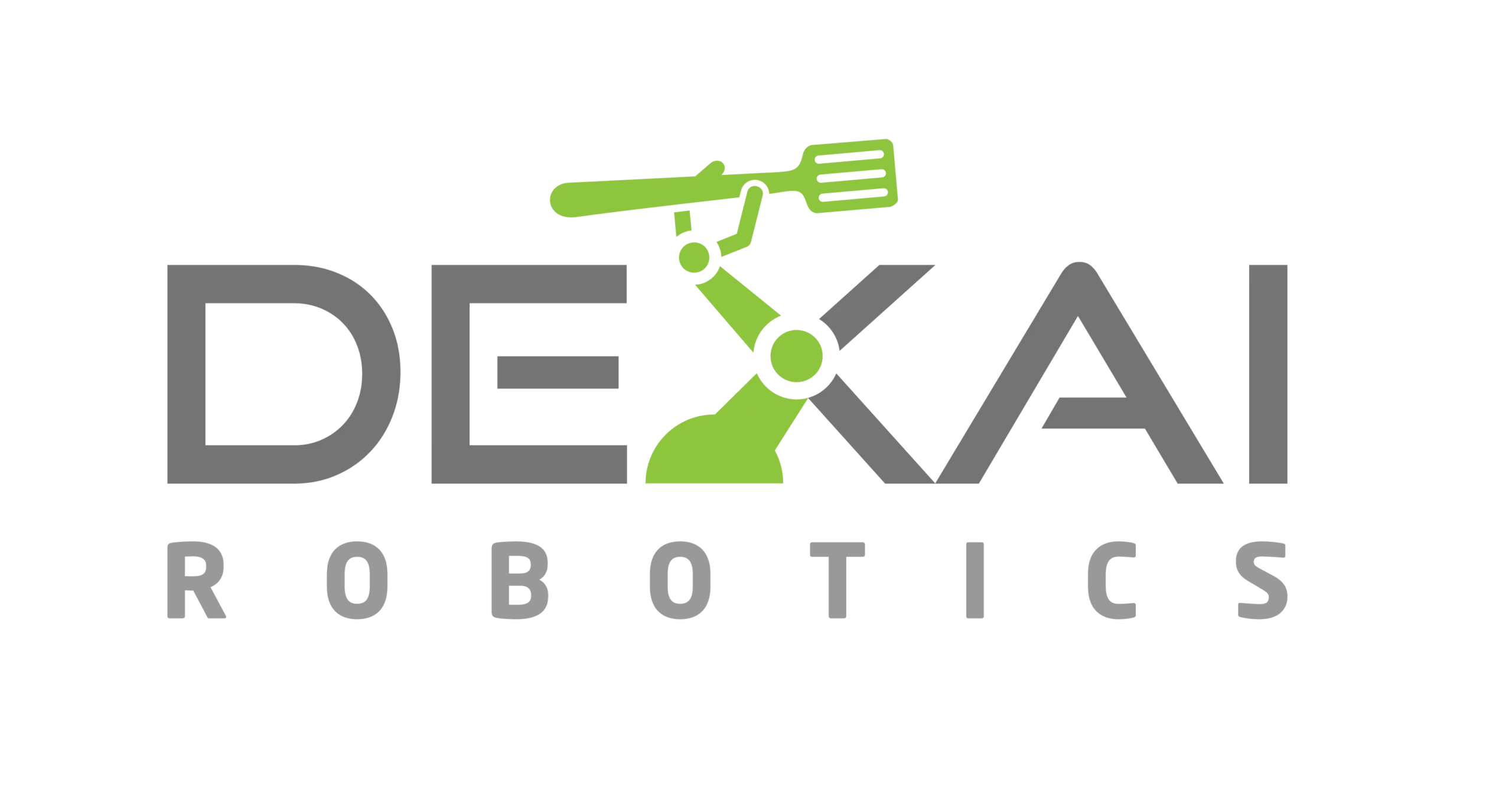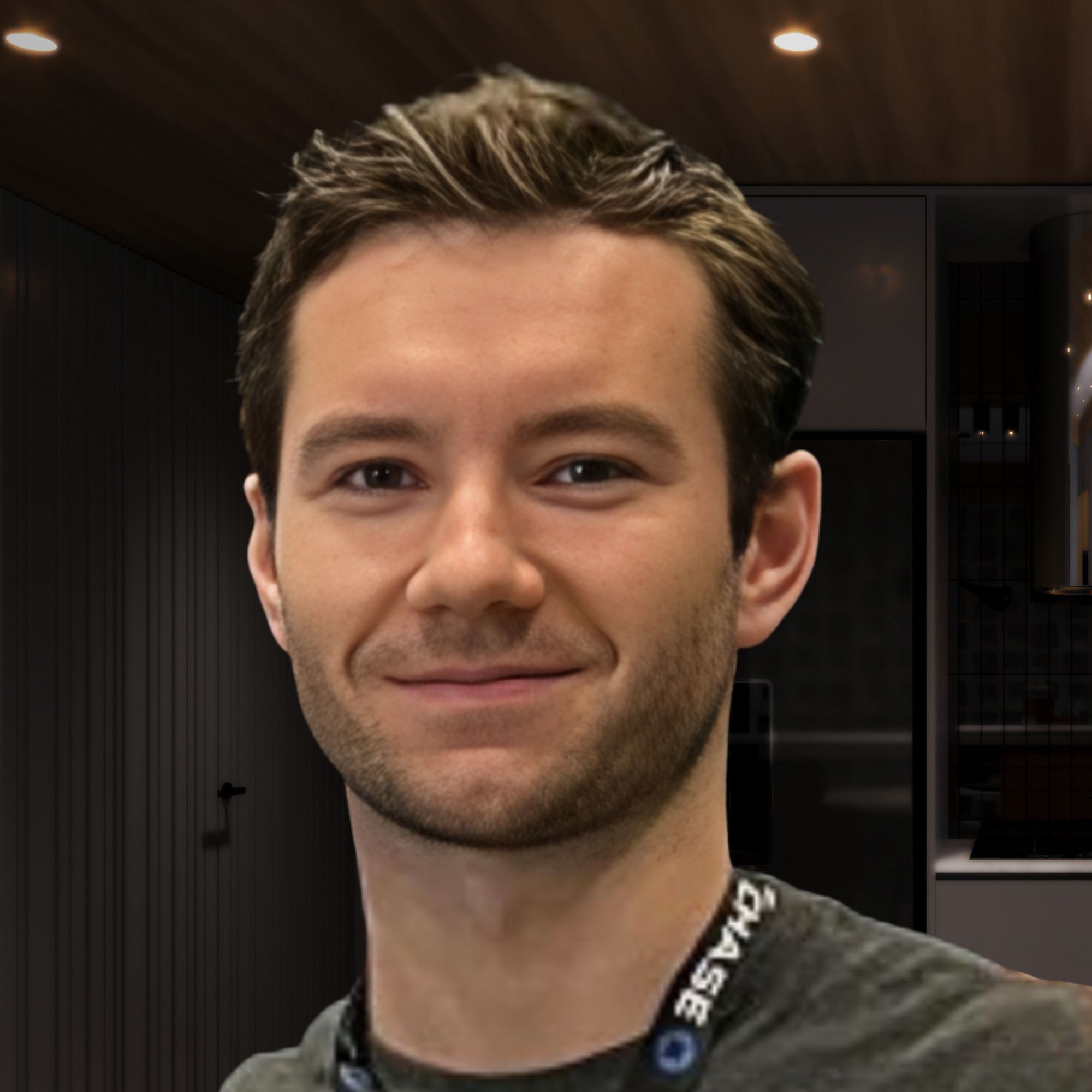Ready to launch your own podcast? Book a strategy call.
Frontlines.io | Where B2B Founders Talk GTM.
Strategic Communications Advisory For Visionary Founders
Conversation
Highlights
The Hidden Complexities of Hardware-First Category Creation: Lessons from Picnic’s Food Automation Journey
Food automation sounds deceptively simple: build robots that make food more efficiently than humans. But as Picnic’s journey reveals, creating an entirely new category in a traditional industry requires rethinking everything from business models to customer psychology.
Beyond the “Build It and They Will Come” Trap
When Picnic started, they fell into a common trap: assuming technical innovation alone would drive adoption. The initial vision was ambitious – a self-contained pizza truck where customers could walk up, order, and watch automation magic happen. But as Clayton explains, “They thought that sounds like a good idea and then they realized, well, that’s probably pretty ambitious, maybe we just figure out how to make a pizza first.”
This early pivot reveals a crucial lesson about category creation: start by solving a focused, concrete problem before expanding to the grand vision. For Picnic, this meant mastering the mechanics of consistent pizza assembly before tackling full automation.
The Spaceship in the Cornfield Problem
Perhaps the most fascinating challenge Picnic faced wasn’t technical – it was psychological. Clayton describes what he calls the “spaceship in a cornfield problem”: “People are like, what is that? How much did it cost? I don’t know. Have you ever seen one? I don’t know. How does it work?”
This perfectly captures the fundamental challenge of category creation: potential customers don’t have any mental models for understanding your solution. As Clayton notes, “Nobody is sitting around with a picnic pizza station sized hole in their kitchen… they’re just waiting for it to move in.”
Finding Your Early Adopters: Look for Behaviors, Not Demographics
Rather than targeting based on traditional segments like company size or location, Picnic found success by focusing on behavioral indicators. As Clayton explains: “If you’re an operator and you live through the pandemic, did you have to change your operation in the pandemic to adapt to the new conditions? Or did you just try to hang on with white knuckles to the way you were doing things before and try to gut it out. The people who tried to gut it out are probably not our customer.”
This insight reveals that early adopters are often defined more by their mindset and behaviors than their demographic characteristics.
The Business Model Innovation That Changed Everything
Perhaps Picnic’s most crucial insight wasn’t about technology – it was about business model innovation. Clayton explains their “robotics as a service” approach: “When an operator contracts to receive our equipment, there’s no money up front… they should save more money in the first month than the monthly payment. The ROI is instant for the operator.”
This completely reframed the adoption decision from a risky capital expense to a guaranteed operational improvement. But making this work required creative thinking on Picnic’s end: “We have working capital financing on the back end… our debt service on that equipment is lower than our revenue. So we are also cash flow positive from the first month.”
The Curse of the Massive Market
Counter-intuitively, having a massive addressable market created its own challenges. As Clayton notes: “When your product is arguably applicable to almost anybody who makes pizza, how do you narrow that market and your focus so that you’re trying to find the customers in that sea? Who are the most likely to buy soon, who can buy exactly what you’ve got and who are receptive to buying what you’ve got?”
This highlights a crucial principle: in category creation, your biggest challenge isn’t market size – it’s finding the specific segments ready to adopt now versus waiting for future iterations.
For founders creating new categories, especially in hardware, Picnic’s journey offers valuable insights about driving adoption in traditional industries. The key isn’t just building revolutionary technology – it’s understanding the psychology of adoption, finding the right early adopters, and removing adoption friction through business model innovation.
Actionable
Takeaways
Solve Real Problems:
Focus on addressing significant industry pain points, such as labor shortages and food waste, to create compelling value propositions for customers.
Narrow Your Market:
Even with a broad applicable market, prioritize early adopters and specific segments to streamline your go-to-market strategy and build initial traction.
Leverage RaaS Model:
Robotics as a Service (RaaS) offers a scalable and customer-friendly business model by reducing upfront costs and providing ongoing support and upgrades.
Optimize for Consistency:
Automation should aim to deliver consistent quality, which is particularly crucial in the food industry to maintain brand standards and customer satisfaction.
Plan for Expansion:
While focusing on a core market initially, design your technology to be adaptable for future expansion into other related markets to maximize long-term growth potential.


























